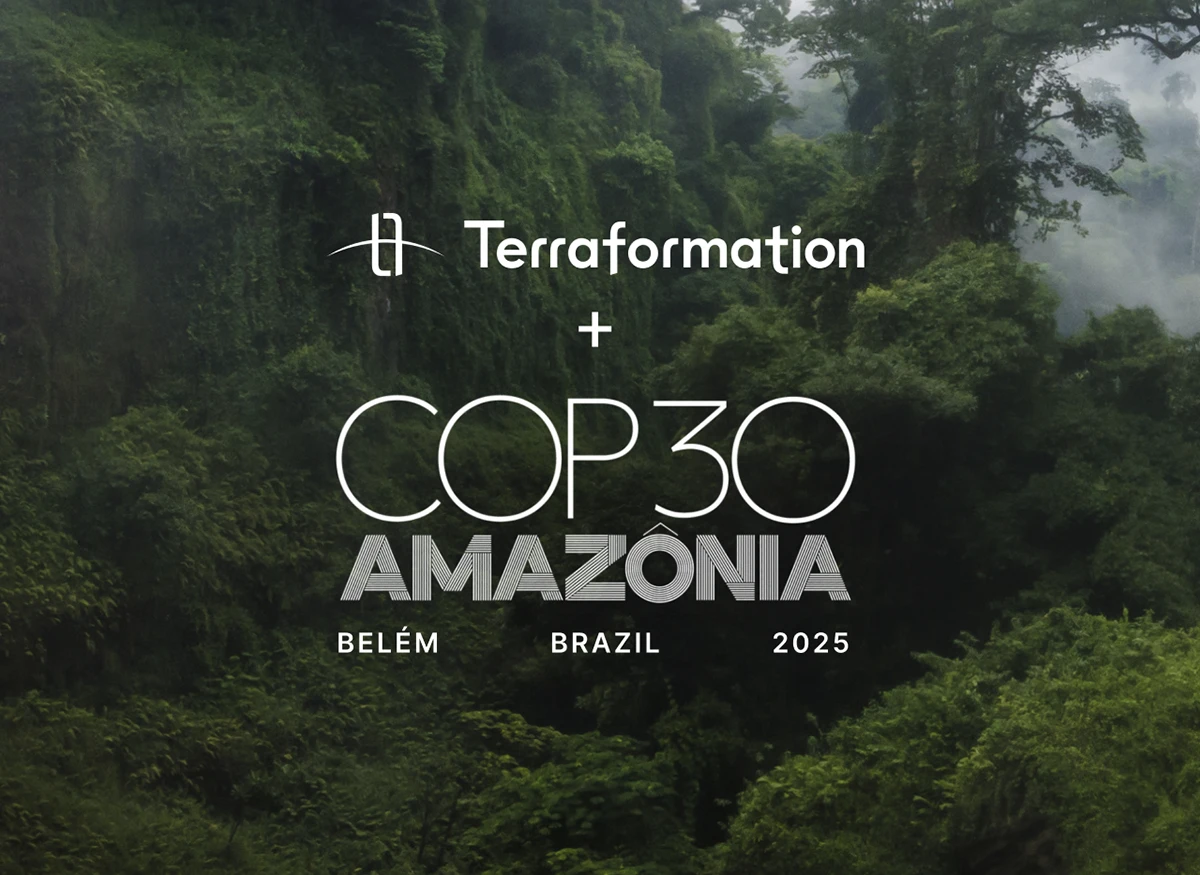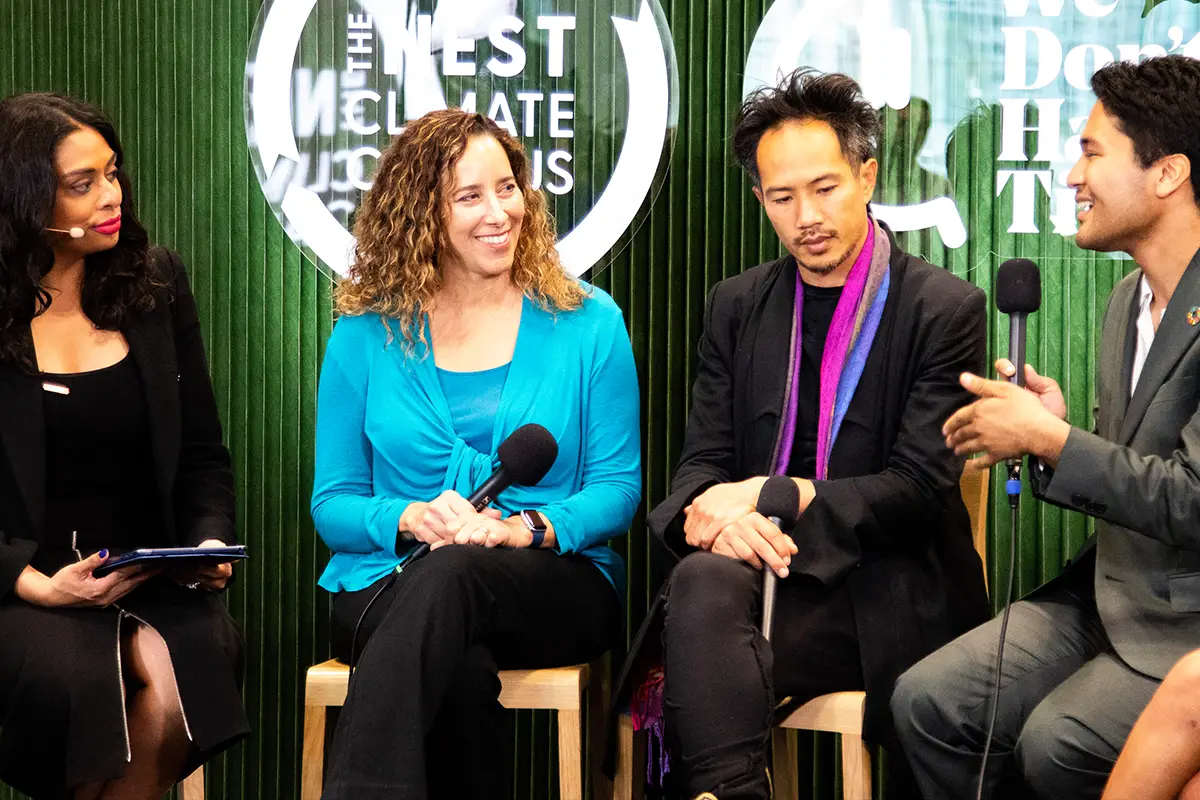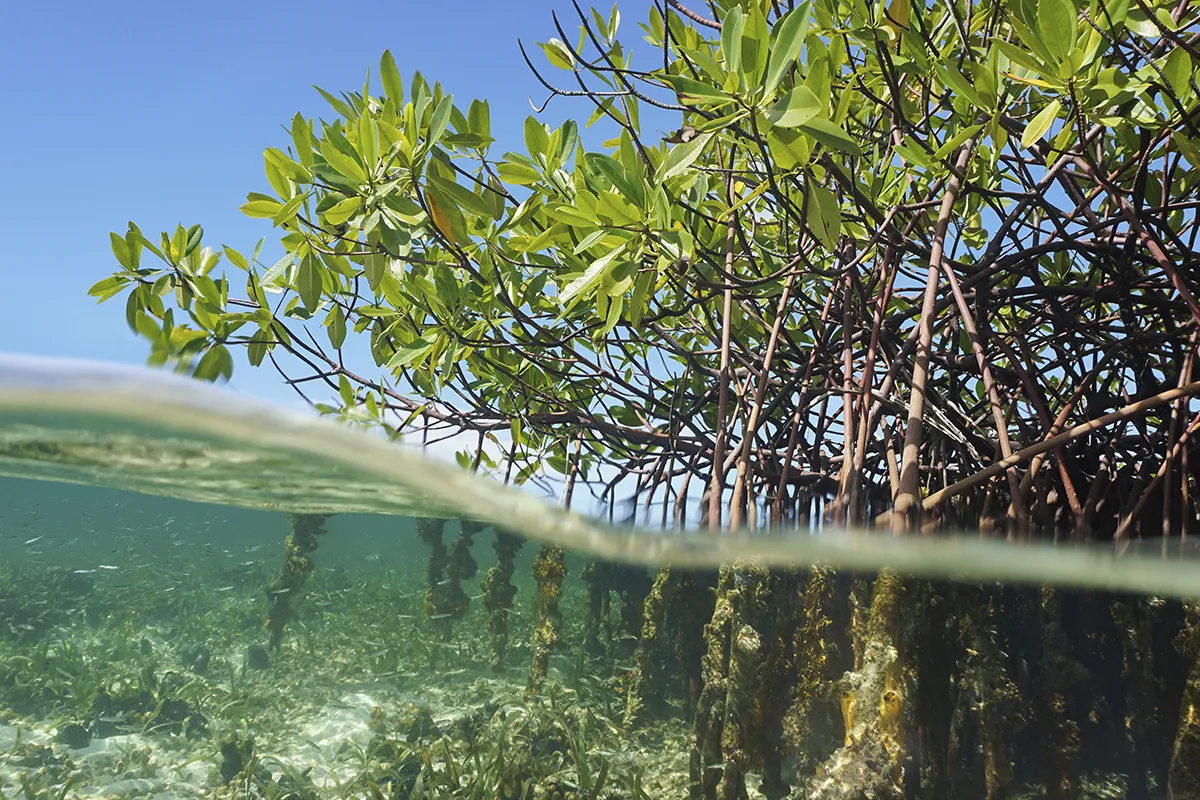An Activist’s Guide to Starting Your Own Climate Radio Project
.jpg)
As our understanding of climate science continues to grow, so does the urgency for action. The good news: you don’t have to wait to get started. Low-cost communication technologies such as radio and podcasts are powerful tools for raising awareness about the effects of climate change and inspiring others to take action.
When I was 14 years old, living in the copper-mining town of Kitwe, Zambia, I harnessed the power of radio to gather insights about the regional impacts of climate change, as well as educate my community about how we could respond. Zambia, like many developing nations, has one of the highest deforestation rates in the world. Not only does deforestation contribute to rising global greenhouse gas emissions, it also destroys natural defenses against things that make communities more vulnerable to the impacts of climate change, such as floods, droughts, and food insecurity, all of which are being made worse by our destabilized climate.
My radio show, Environmental Watch, helped inspire a movement of two million climate champions in Zambia and beyond. I’ve since used my own radio experience to train young activists all over the world to produce their own shows.
In the last 12 years of my journey as a climate activist, I’ve learned two key things. First, personal experience makes you your own expert. Second, your story holds more power to inspire climate action than facts and figures alone. When compelling stories are told using radio, they bring the listener on an emotional journey in a way other mediums cannot. I’ve witnessed firsthand how audio storytelling can inspire positive change.
Not only is radio easy to learn, it’s also a great way to get people thinking, talking, sharing, and learning about important issues like climate change. Using the steps below, anyone can get an audio project up and running at their workplace, community center, school, or local radio station.
All you need is motivation and some basic recording equipment.
Structuring your show
First off, identify your audience. Consider your typical listener. What are their interests, aspirations, and hobbies? How old are they? Where do they get their information? What issues matter most to them? When you consider topics for your radio show, it’s important to think back to this listener and whether your content will be of interest to them.
Once you have a listener in mind, plan a format for your show. Whether you’re producing a one-on-one interview show format or a longer investigative series, structure your broadcast with a beginning, middle, and end.
I always encourage starting shows with an intro and ending with an outro. Your introduction should explain what people are about to hear and who they are listening to. My show always started with casual “host chatter,” which allowed the host to ease into the show and connect with their audience. This was followed by a “sweeper” — otherwise known as a jingle — before launching into the main segment.
Ahead of each show, prepare a script that sounds natural and conversational when read aloud. Remember: in radio, every second counts, so try to keep your script as tight as possible while still leaving room for the occasional ad-lib or impromptu moment.
Talking about climate change on your radio show
As a radio host, your role is to make information about climate change easily digestible for your listeners. Climate change can be overwhelming, so consider narrowing your focus to address community-specific concerns.
In my hometown of Kitwe, the community cared about the impact of climate change on basic needs such as drinking water, sanitation, healthcare, energy, agriculture, and food. Each community has its own unique needs and aspirations, and action can look different in diverse communities and in developing countries compared with industrialized nations.
People listen to and act on information from individuals they can trust. Whenever possible, invite climate activists, scientists, educators, and other thought leaders to discuss their own climate journeys. This will help build trust with your audience, as well as present concrete ways for them to take action.
Listener feedback is an incredibly powerful tool, so don’t be afraid to ask for it. By understanding your audience — and the types of content that resonate — you can continue to adapt your show to better serve them.
Recording your show
Recording equipment can be as simple as a cell phone; a number of online platforms also allow for easy audio content creation from a laptop, including Callin, Twitter Spaces, and LinkedIn Live.
Sometimes I would record my show from the house or the office. If you record from a room other than a professional studio, make sure you check for interfering noise, like air conditioners, fluorescent lights, refrigerators, traffic, radios, or other sounds before recording. Then, follow these tips to ensure the show goes smoothly:
- If you’re recording with a guest, make sure you have the guest’s consent to record the interview and share it publicly. Confirm permissions if you intend to use photos of the interviewee on social media or other public platforms.
- When the recording begins, ask the interviewee to introduce themselves to your audience before launching into questions. This provides important background information to listeners and sets the tone for the conversation.
- Always hold the mic or recording equipment yourself, and maintain eye contact while talking with the interviewee.
- Don’t worry about filling each and every pause in the conversation. Give the person you are interviewing a chance to think and remember that some of the best statements often come out of silence.
- Although radio is an auditory medium, try to bring other senses into the experience for your audience. Whenever possible, have your guest describe what they are doing or seeing. Ask them to take you on an audio tour of the location to bring their experience as close to the listeners as possible. Many radio projects incorporate “audio postcards” to give the listener the feeling that they are there. Whether it’s ambient sound or specific sound effects, experiment with the different ways audio can transport the listener to a specific time and place.
After the interview
Double-check your facts, and don’t be afraid to clarify items with your guest after the interview ends. When in doubt, leave it out. When producing content around complex topics such as climate change, we all have a responsibility to ensure our work is accurate, balanced, and respectful.
The post-production stage includes editing your show and sharing it with audiences. To avoid any implicit bias, ask a friend or colleague to give feedback before sharing with the rest of the world. Then leverage the power of social media by promoting your show to your target audience.
I have always believed that you can never be too young, or too old, to take action on climate change. Every climate activist can harness radio to share information, build communities, and inspire action. After all, there is power in everyone’s voice — radio just amplifies it.
Brighton Kaoma is a 2015 Queen’s Young Leader, 2016 WWF International President’s Award winner, and Global Youth Ambassador at the Children’s Radio Foundation. Over the last 10 years, he has trained emerging radio broadcasters in creative storytelling and radio production in Africa, Europe, Asia, and the U.S. Brighton leads the UN SDSN Youth initiative as global director, and supports Terraformation with climate research and writing. He holds a Master’s of Public Administration in Environmental Science and Policy from Columbia University.
















